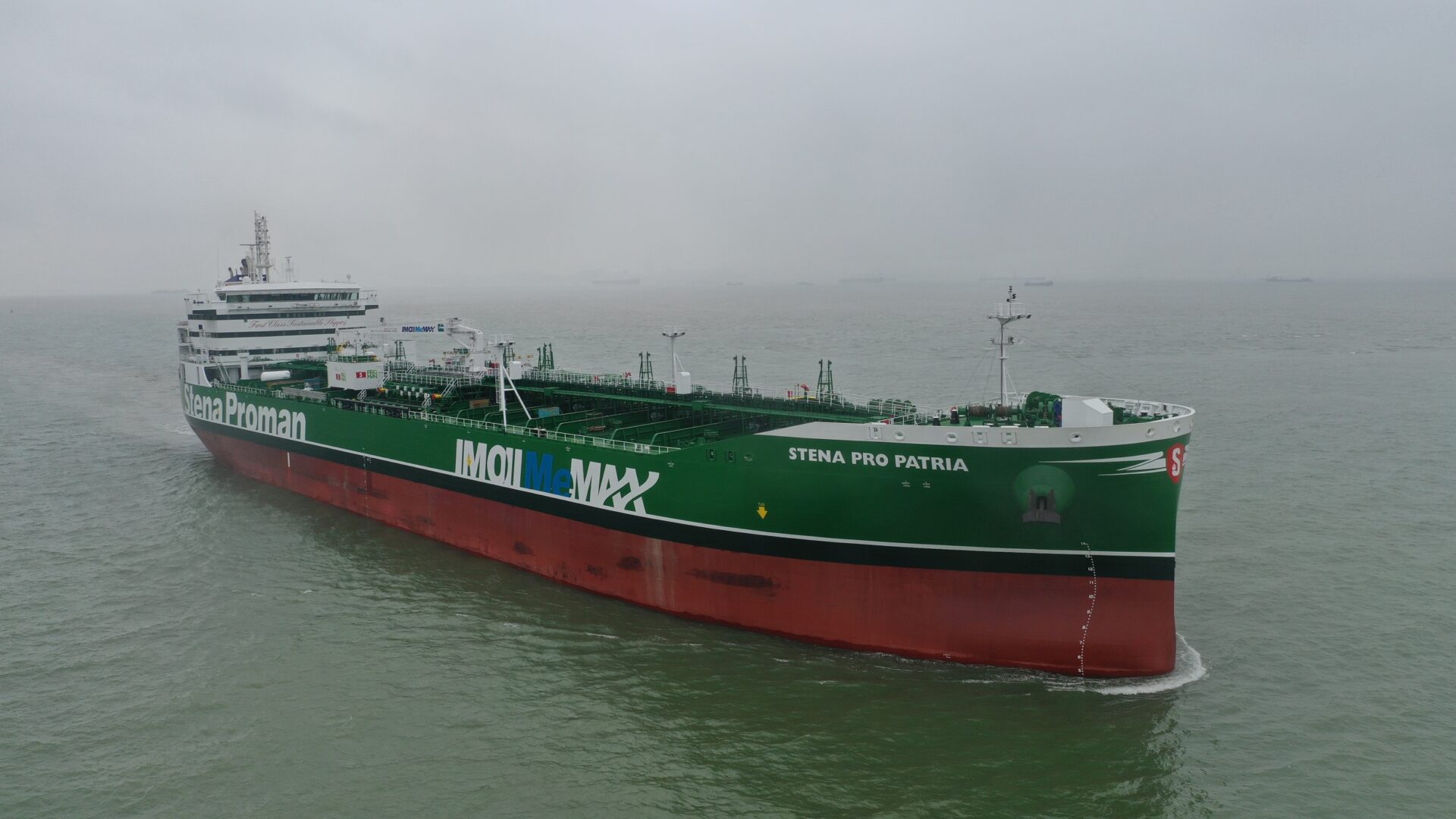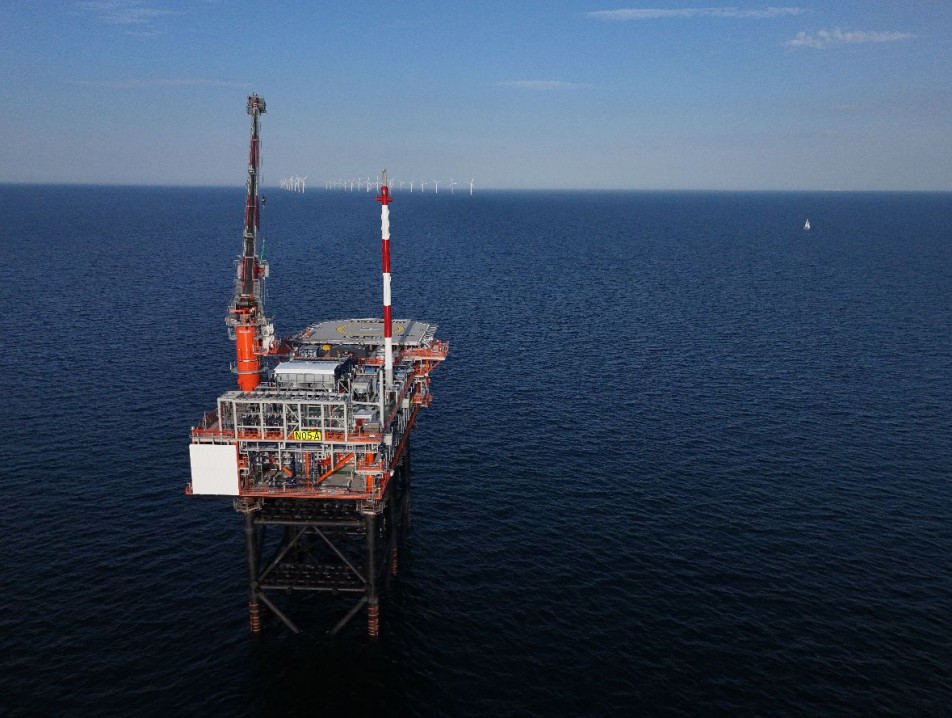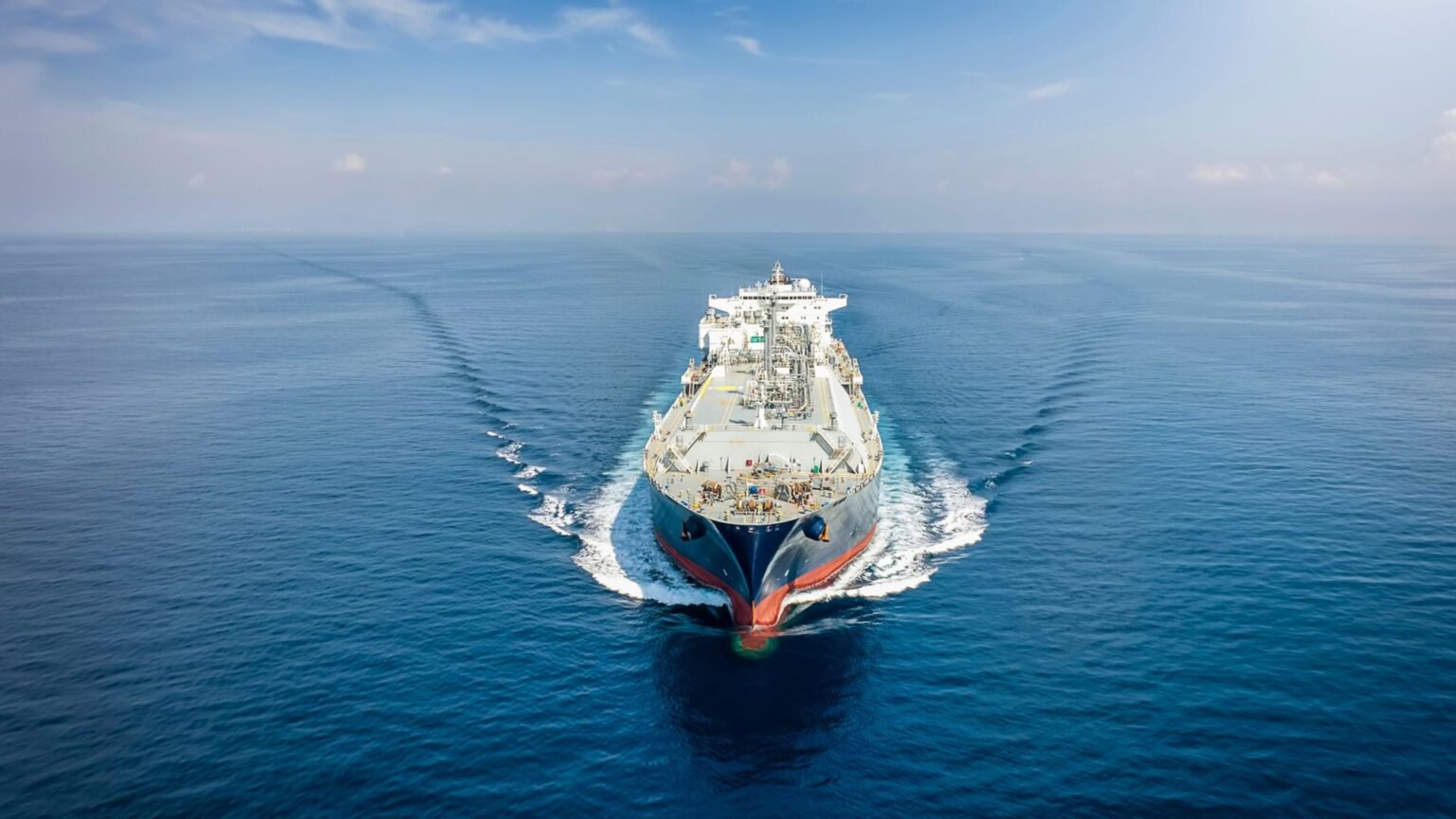甲醇动力船Stena Pro Patria开始穿越巴西航线
作者: 发布时间:2023年07月05日 浏览量:367 字体大小: A+ A-

图片来自网络,版权属于原作者
由航运合资公司Proman Stena Bulk拥有的Stena Pro Patria是一艘以甲醇为动力的低排放油轮,在巴西第二大港口Paranaguá港的Cattalini Teminais Maritimos卸下27,400吨甲醇,开始其穿越巴西的航线。
这艘来自特立尼达和多巴哥的甲醇船在巴西最大的液体散货码头Cattalini被接收,在HELM do Brasil和Valenz的协调下进行了卸货作业。
完成作业后,Stena Pro Patria于6月24日离开巴拉那瓜港,前往桑托斯、里奥格兰德和阿拉图港。
该船是广州船厂国际有限公司(Guangzhou Shipyard International Co Ltd, GSI)在中国为Proman Stena Bulk建造的六艘49,900载重吨甲醇动力中程油轮中的第一艘。
该油轮于2021年秋季下水,于2022年6月交付。这艘长186米的船使用甲醇,代表了Proman Stena Bulk对甲醇作为航运业可持续燃料途径的一部分的承诺。
预计每年消耗12,500吨甲醇船用燃料,Stena Pro Patria被描述为低排放船舶,消除了当地的污染物,包括SOx和颗粒物(PM),将氮氧化物的排放量减少了60%,与传统船用燃料相比,减少了二氧化碳排放量。
(本文版权归国际海事信息网所有,图片版权归原作者,转载请注明出处。)
Stena Pro Patria, a methanol-powered low-emission tanker owned by shipping joint venture Proman Stena Bulk, has started its route through Brazil by offloading 27,400 MT of methanol at the Cattalini Teminais Maritimos in Port of Paranaguá, the second largest port in Brazil.
Coming from Trinidad and Tobago, the methanol-fueled ship was received at Cattalini, Brazil’s largest liquid bulk terminal, to perform the offloading operation coordinated by HELM do Brasil and Valenz.
Having completed the operation, Stena Pro Patria left the Paranaguá port on 24 June and is bound for Santos, Rio Grande and Aratu ports.
The vessel is the first of six 49,900 DWT methanol-powered dual-fuel medium-range tankers built by Guangzhou Shipyard International Co Ltd (GSI) in China for Proman Stena Bulk.
The tanker was launched in the autumn of 2021 and delivered in June 2022. The 186-metre-long ship runs on methanol, representing Proman Stena Bulk’s commitment to methanol’s role as part of the shipping industry’s sustainable fuels pathway.
With an expected consumption of 12,500 tonnes of methanol marine fuel per annum, Stena Pro Patria is described as a low-emission vessel, eliminating local pollutants including SOx and Particulate Matter (PM), cutting NOx emissions by 60% and reducing CO2 emissions versus conventional marine fuels.
来源:simic






